You will find wilderness movies in pretty much every film genre because the wilderness makes a great backdrop for drama. It’s where the usual rules and rhythms of everyday civilized life no longer apply, and when something goes wrong in the wild, human vulnerability is starkly emphasized. And being isolated and cut off from help when shit hits the fan makes the outdoors a great setting for thrillers and horror flicks.
Here are a few of my favorite wilderness movies that might be a bit unconventional and, in my opinion, underrated but are definitely worth a watch.
The Martian (2015)
Directed by: Ridley Scott
Starring: Matt Damon, Jessica Chastain, Kristen Wiig, Jeff Daniels
While you don’t typically think of Mars when you think of the wilderness, isn’t it just that? Isn’t the expanse of a dead, alien planet the most desolate wilderness imaginable?
Mars is the ultimate desert, devoid of anything and everything human beings require to survive, including air. There’s nothing there but what we have sent and what we will someday bring with us, and The Martian plays on the same fears and obstacles faced by someone stranded in any wilderness here on earth: isolation, uncertainty, lack of supplies, and depression in the face of devastating setbacks. Watney (Damon) also experiences monumental survival achievements, like when he first figures out how to grow potatoes with old astronaut poop or when he slowly figures out how to communicate with NASA.
The movie is also a testament to Damon’s acting ability. He’s easy to make fun of, but much like Tom Hanks in Cast Away, Damon had to carry the majority of this movie on screen alone or talking into a camera, and that is damn tough to keep entertaining for the length of a feature film. The end is pretty far-fetched and bites off Red Planet (2000) a little bit, but this is, at its heart, a classic wilderness survival movie, albeit one in the science-fiction realm.
Primal Rage: The Legend of Konga (2018)
Directed by: Patrick Magee
Starring: Casey Gagliardi, Andrew Joseph Montgomery, James Pazak
If you read the synopsis of this movie, it sounds dumb. It has a dumb title. Most movies that have anything to do with Sasquatch or Bigfoot are SyFy-Channel-original-movie bad. I’m not gonna lie: The initial setup is pretty cliched but once this one gets going, it gets good. And it gets pretty fucking weird, too.
At a gas station in the sticks, Ashley (Gagliardi) and Max (Montgomery) get harassed by a group of crude assholes who, of course, turn out to be a group of poachers the couple runs into later while lost in the woods. The writers had to get Ashley and Max out of their car and isolated in the wilderness with no supplies early in the first act, and the way they did it was excellent: simple and believable. And one of the things I like most is that the protagonists aren’t morons; they make a lot of logical survival and monster-fighting decisions.
From there, the movie turns into a pretty great homage to Predator as the couple tries to survive the woods, the elements, and one scary-ass monster. The antagonist is, indeed, a version of Bigfoot, but he’s smarter than the average Sasquatch — and actually kind of terrifying. He wears wooden armor, uses handmade tools and weapons including a bow, and hunts down the couple and the poachers one at a time, dispatching them in various gruesome ways. Except for Ashley. He likes Ashley. A whole lot. There is, in my opinion, a pretty strongly implied Bigfoot rape scene in this movie after the squatch drags Ashley back to his sweet subterranean pad. But she’s a badass and has her vengeance.
This is a solid horror movie that uses a dense forest setting to full advantage with some quality gore, makeup, and creature effects, and no CG that I could see. And with the budget it had to work with, it’s a wholly surprising and awesome flick.
The Grey (2011)
Directed by: Joe Carnahan
Starring: Liam Neeson, Dermot Mulroney, Frank Grillo
Yes, I know people have issues with this movie because it shows wolves behaving in an unrealistic way. Psssst: It’s fiction.
Long story short, a bunch of guys who work at a far-flung Alaskan oil field end up in a frozen wilderness after a plane crash. Their chances of survival are already slim when they start getting picked off by the vicious pack of wolves hunting them. There is an internal reason for this presented in the movie: The characters are unknowingly in the wolves’ territory, right between them and their den. They unwittingly keep moving toward the den, so the wolves keep attacking.
But that doesn’t matter much because of how I watch this movie. Let me explain.
To me, the plane crash never actually happens, nor does most of the movie. At the start, Neeson’s character, Ottway, works for the oil company as a sharpshooter, killing wolves in the area to protect the workers. We meet him in a depressed state as the rest of the workers are partying before rotating home. He works in this remote place to flee from his grief over his wife’s death.
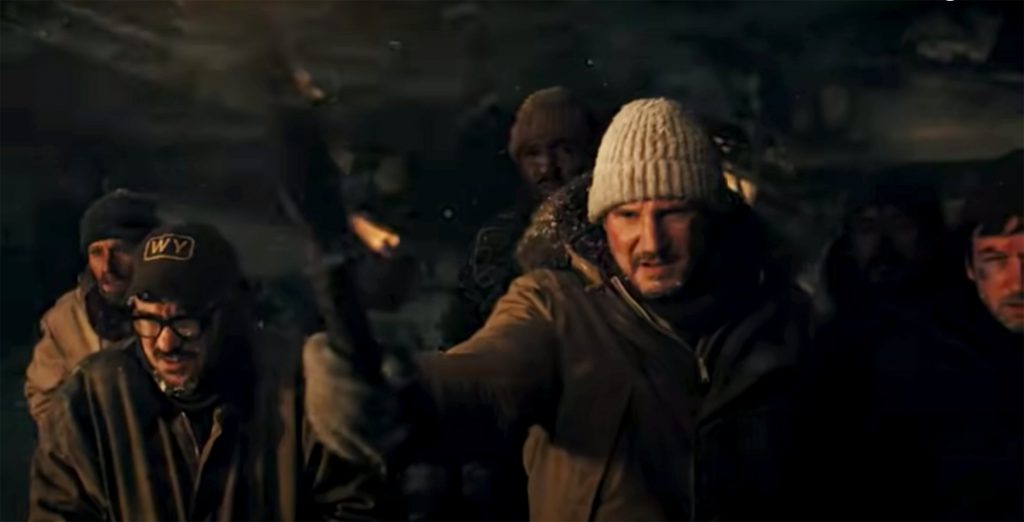
Later, we learn that he considered shooting himself with his rifle out in the snow that night but instead came into the party. I think Ottway actually committed suicide, and the following events are his soul’s struggle with itself in a sort of purgatory immediately after. Each character represents a facet of Ottway, and as the wolves, which represent death, kill each one, he becomes more liberated from his worldly pains. In the end, he must face off against the leader of the pack, his own final death, and purge his last anchoring bits of rage and fury before his soul can be free from purgatory, from the grey. If you like Jacob’s Ladder, you’ll get it.
I mean, it’s just a personal preference, and my interpretation probably has holes. I have no clue if the filmmakers intended this or not, but with my way, the ending makes a lot more sense and it turns into a really fucking cool movie.
Cast Away (2000)
Directed by: Robert Zemeckis
Starring: Tom Hanks, Helen Hunt, Paul Sanchez
This movie, more often than not, becomes a punchline, largely thanks to Wilson the Volleyball. I don’t care. This is one of my favorite survival movies and always will be. In the tradition of Treasure Island and Robinson Crusoe, Chuck Nolan (Hanks) ends up alone on a deserted island somewhere in the Pacific after his FedEx plane goes down in a lightning storm. I always thought the fact that he crashed on a work trip, one that called him away from Christmas dinner, added an extra layer of suck to the whole thing.
What follows is a sometimes funny and sometimes dark chronicle of an average guy trying to stay alive in a completely unfamiliar place. He’s not a veteran or even an ex-Boy Scout. We don’t even get the impression he goes camping. Nolan is a dude who mostly travels and worries about schedules for a living, suddenly dropped into a place he can’t escape, trying to figure out how to start a fire by rubbing sticks together. In other words, he’s a protagonist most people can relate to in some way.
This movie is wonderfully paced, and the fact that it’s never boring, even on a rewatch, is a testament to Hanks’ acting ability. It’s just him, or just him and that volleyball, for most of the movie’s run time, and it’s great.
The movie breaks down into three tidy acts. The first act is the setup and plane crash followed by Nolan’s first weeks on the island. The second act comes after several years have elapsed off-screen, and Nolan has grown very Ben Gunn-like in appearance. He has mostly mastered survival on his meager spit of land until deciding to take his chances on a raft in the open sea rather than die there. Then there’s the final act, in which Nolan escapes the confines of the island, is picked up by a cargo ship, and finally returns to a world that has moved on without him, hence the title.
That’s the part I like the most: the end where Nolan not only has to figure out how to deal with losing four years of his life and finding his fiance married with children, but also has to search for a new identity and a new reason for living now that everything has been stripped away by his ordeal and absence.
Some people say the bit with the angel wings on the FedEx package is corny, and they like to make jokes about how it contained a solar-powered satellite phone the whole time, but I think it’s just the right amount of corny. After all, it’s a Zemeckis film.
First Blood (1982)
Directed by: Ted Kotcheff
Starring: Sylvester Stallone, Brian Dennehy, Richard Crenna
First Blood is a lot of things. First and foremost, it’s a movie about a guy trying to survive in a Pacific Northwest wilderness with almost no gear and no supplies, all while evading police and National Guard troops.
There is so much here that will be familiar to anyone who spends time in the wilderness, from the landscape to the feel of the small town upon which John Rambo takes such revenge, despite the movie being nearly 40 years old. The footage is dark, but the natural light gives it a character and tone that are more true to life, which makes it all feel a little more real instead of dated. By the final act, the mountains and the cave become their own characters, and Rambo’s struggle against them is a great interpretation of the hero’s journey.
This movie is about action and the damage done to America by the Vietnam War, but it’s primarily a wilderness survival adventure of the first order. For a lot of ‘80s kids like me, it was the first wilderness survival movie we ever saw, after which we absolutely needed to have some kind of survival knife — definitely one with a sawback and a compass in the pommel.
Legends of the Fall (1994)
Directed by: Edward Zwick
Starring: Brad Pitt, Anthony Hopkins, Aidan Quinn
If you start talking about Brad Pitt and wilderness movies, the fly-fishing focused A River Runs Through It invariably comes up, but I honestly can’t get through that one. I do, however, unabashedly dig Legends of the Fall.
It’s a sprawling epic about a family tearing itself apart over unvoiced grudges and unrequited love. It’s also a story about a guy who would love nothing more than to hunt and work with horses on his family’s Montana ranch the rest of his days who is constantly being pulled in different directions by guilt, love, and loyalty. When Tristan was a boy, he set out to count coup on a grizzly bear. He returned with some excellent scars and two of the bear’s claws, but he didn’t kill it, and they remained forever linked after drawing one another’s blood.
As a young man, he heads off to fight in WWI after his two headstrong brothers set their minds on going to war. He doesn’t particularly care about the global stakes, but there’s no way in hell he won’t go along to protect his younger brother Samuel (Henry Thomas). Unfortunately, before they leave for Europe, all three brothers find themselves in love with Samuel’s bride-to-be, Susannah (Julia Ormond).
When Samuel is killed in a gruesome fashion at the front, just out of Tristan’s reach, he loses it and begins hunting down German soldiers in the night, returning to the line the next morning in a daze wearing a string of scalps around his neck. The army decided his service was no longer needed after that.
Following a stint as a sailor and another few years hunting everything he could in Africa and India, he finally returns home to a battered family. Even more strife, death, and sadness ensue. After all is said and done, Tristan ends up right back where he always wanted to be: in the woods, tangling with the same bear that seems intrinsically linked to his soul. Yeah, it’s a love story and Pitt plays a dude named Tristan with flowing, golden locks, but that’s still some cool shit.
The Blair Witch Project (1999)
Directed by: Daniel Myrick, Eduardo Sánchez
Starring: Heather Donahue, Michael C. Williams, Joshua Leonard
Anyone who wasn’t part of the moviegoing public when this flick came out simply can’t understand how cool it was. A million found-footage movies have been made since, but this was the original and still the best — and it fully committed to the concept. When Blair Witch dropped, the scope of the internet was still pretty small, and there was a heavy air of mystery about the movie leading up to its release. You were pretty sure it was bullshit, but it could be real — maybe. There were fake websites reinforcing that notion, and message boards were full of “So is the footage in the movie for real?” posts.
A fake documentary even aired on TV about the fictional town of Burkittsville to drum up some pre-release buzz. I watched it, and so did a lot of other people. It worked. The movie was a smash, and seeing it for the first time in a dark theater was a hell of an experience. People were crying and shaking when the lights came back up.
Recently, I watched Blair Witch again for the first time in years, and it still holds up. The claustrophobic forest ratchets up the tension, as do the increasingly frantic performances from the cast. The simple fact that they can’t seem to do anything but walk in a circle, no matter which direction they take through the woods, is soul-crushing and super relatable to anyone who has even been a little lost in a forest. And if you’ve ever come upon something truly weird in the wilderness, you can relate to most of this movie, too.
The tension and dread are there, the pacing and editing are great, and the cast delivers excellent mockumentary performances for amateur actors. Turn off the lights, start this one up, and get jump-scared like it’s 1999.
Read Next: The 7 Best Guns in Clint Eastwood Movies

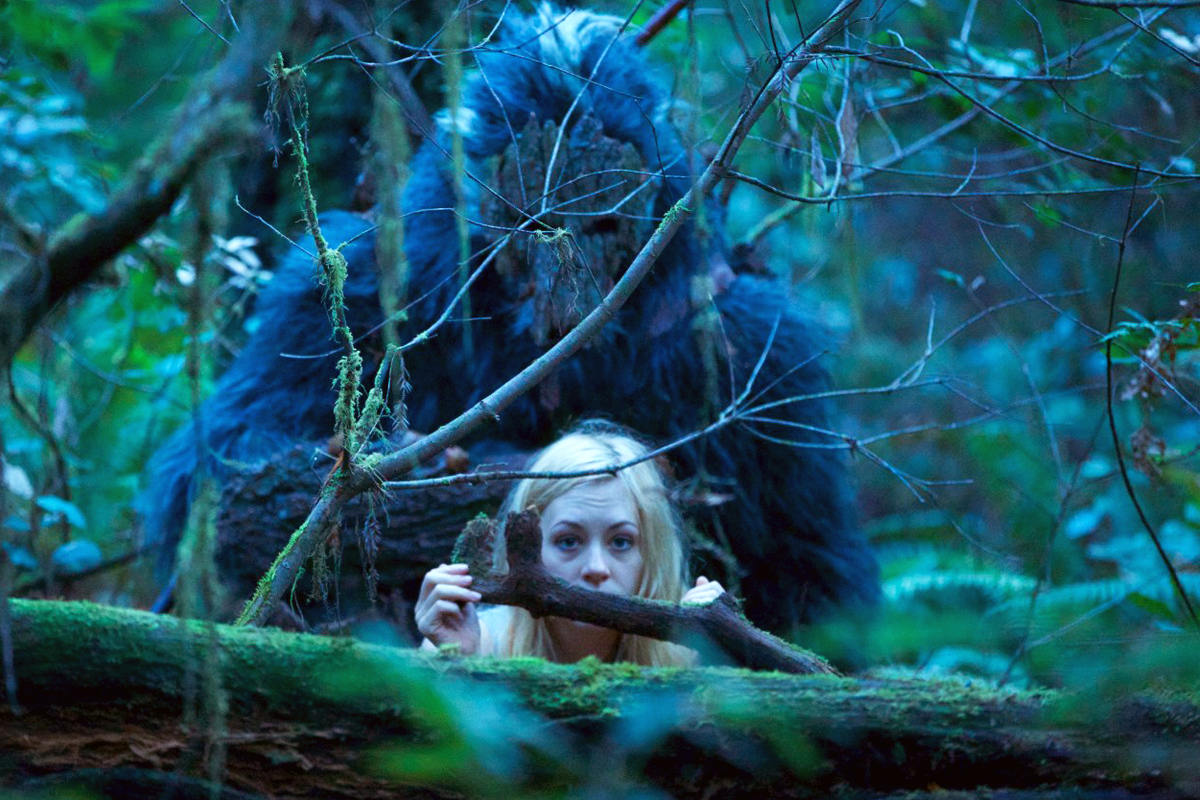
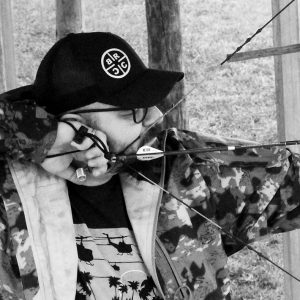

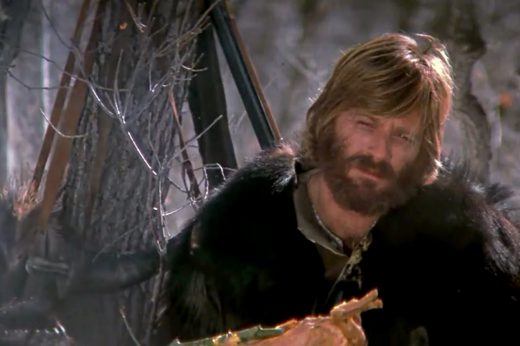
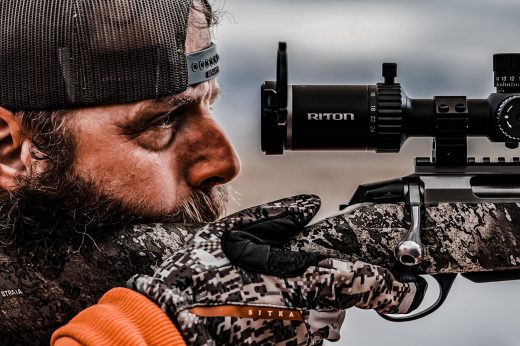


Comments